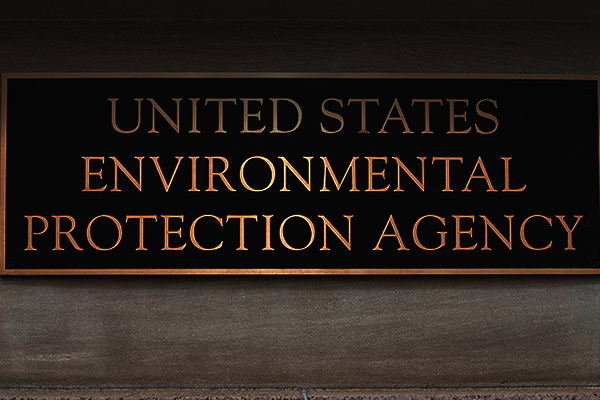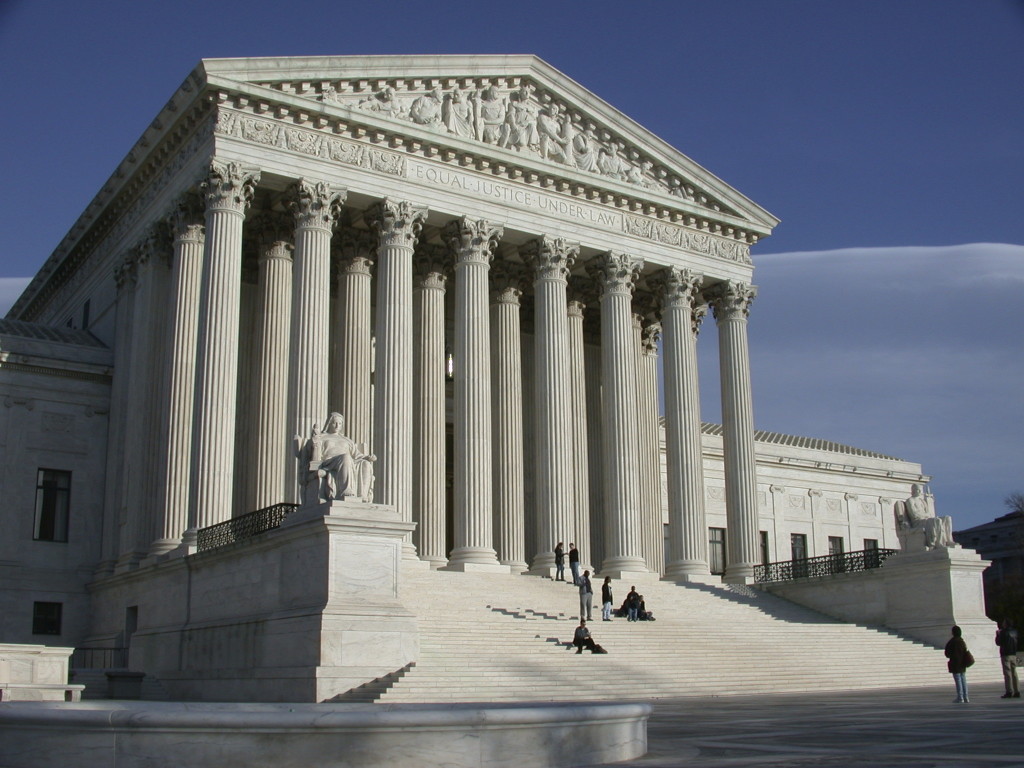Working Group Broke the Rules With Its 'Social Cost of Carbon' Estimate
In my recent testimony to the Senate Environmental and Public Works committee, I explained that (among its other problems) the Obama Administration’s Working Group on climate change had explicitly ignored the Office of Management and Budget (OMB) guidelines stating that cost/benefit analyses had to be conducted using both a 3 percent and a 7 percent discount rate. Rather than following these instructions, the Working Group chose to report its estimate of the “social cost of carbon” at 3 percent and 5 percent. This was very significant, I explained to the senators, because the higher the discount rate, the lower the dollar impact of projected climate change damages. I said that if the Working Group had followed OMB’s guidelines, it very well could have come up with social cost of carbon estimates near zero, or even negative—meaning the entire case for regulating carbon dioxide emissions would collapse.
A colleague recently sent me the information pertaining to a new rule proposed by EPA, which illustrates just how amazing the Working Group’s omission is. Look at the following screen shot, which is an excerpt from EPA’s discussion of the costs and benefits of the rule (which regulations emissions from steam electric power plants):
As the above table shows, EPA is being a dutiful federal agency, following Executive Branch guidelines on how to calculate costs and benefits—it reports its findings using both a 3 percent and a 7 percent discount rate. Yet as the footnote explains, when reporting the benefits of reducing CO2 emissions, the EPA actually can’t use a 7 percent discount rate, because an estimate of the SCC (social cost of carbon) for a 7 percent rate is “not available.” Why is it not available? Because the Working Group explicitly ignored the OMB guidelines, and only reported the figures for 3 percent and 5 percent.
We thus have an absurd situation, in which EPA and other regulatory agencies will be following the rules and calculating benefits and costs at both the 3 percent and 7 percent discount rates. Yet, when they express the “social benefits” of reducing greenhouse gas emissions at the 7 percent rate, they are actually going to plug in the wrong number, and explain in a footnote why they are doing so. To repeat, this is important, because the “right” number would show that there are virtually no “social benefits” from reducing greenhouse gas emissions.
As I have explained elsewhere, there are far more problems to the Obama Administration’s computer-model-case against carbon, than just the choice of discount rate. Yet the knots into which the federal government has tied itself, in order to avoid revealing the truth about the actual economic literature, is quite revealing—not to mention hilarious.
IER Senior Fellow Robert P. Murphy authored this post.





